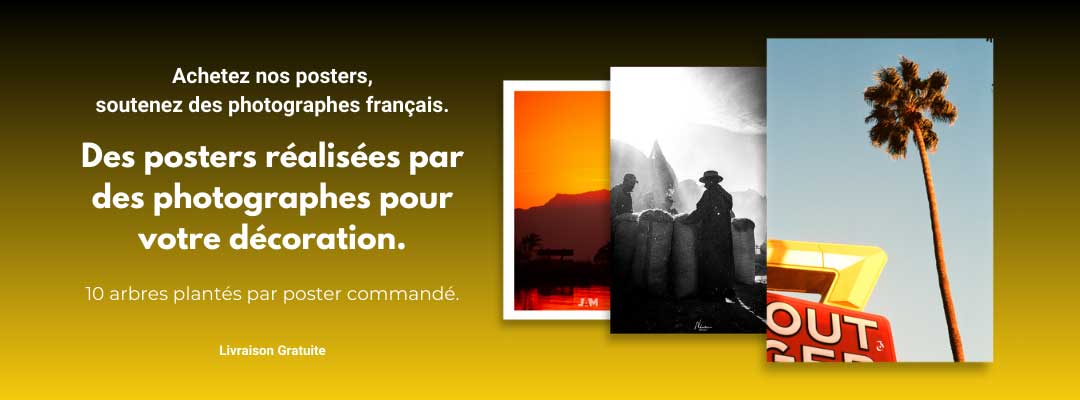Introduction
In recent years, the therapeutic benefits of art in the treatment of various mental disorders, including depression, have been increasingly recognized. Photography offers unique ways to combat depression by providing a mode of expression, connection and mindfulness. This article explores how engaging in photography can alleviate symptoms of depression and how curating your space with photographic art from www.laboutiqueduposterfr.com can create an environment that promotes well-being.
The Therapeutic Power of Photography
Photography as a therapeutic tool can have a profound impact on individuals suffering from depression. Engaging in photography whether by taking photos or looking at them can help distract from depressive thoughts and channel emotions constructively. It allows individuals to express themselves without words, often by articulating feelings that are otherwise difficult to express.
Photography as a Form of Expression
For many, photography provides a creative outlet to explore personal narratives and express feelings of isolation or sadness. Creating images that reflect personal experiences can help individuals process their emotions and initiate conversations about mental health, reducing feelings of stigma and loneliness associated with depression.
Connecting Through Photographic Communities
Photography often brings people together, creating communities around shared interests and experiences. Participating in photography groups or online forums can foster a sense of belonging and support, crucial for those who feel disconnected due to depression. These communities encourage the sharing of techniques, photos and personal stories, building a support network that empowers individuals.
Mindfulness and Photography
Practicing photography encourages mindfulness, focusing the mind on the present moment and reducing rumination—a common symptom of depression. The mindful practice of focusing on photographic subjects , composing shots, and experimenting with light and angles can serve as a meditative practice, helping to relieve anxiety and stress.
Integrating Photographic Art into Healing Spaces
Curating a personal space with photographic art can transform an environment into a sanctuary that promotes mental health. Choosing images that evoke peace, joy, or personal significance can serve as daily reminders of beauty and hope at www.laboutiqueduposterfr.com , where every purchase supports not only personal healing but also the talented artists behind the works.
Conclusion
Photography offers more than just a hobby or professional pursuit; it provides a powerful therapeutic tool that can help manage and combat depression. By actively or passively engaging with photography, individuals can find new ways to express themselves, connect with others, and foster an environment conducive to mental health. Visit www.laboutiqueduposterfr.com to find photographic works that not only beautify your space but also contribute to your mental and emotional resilience.







































































Leave a comment
All comments are moderated before being published.
This site is protected by hCaptcha and the hCaptcha Privacy Policy and Terms of Service apply.